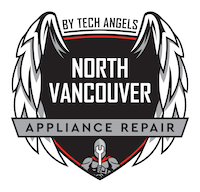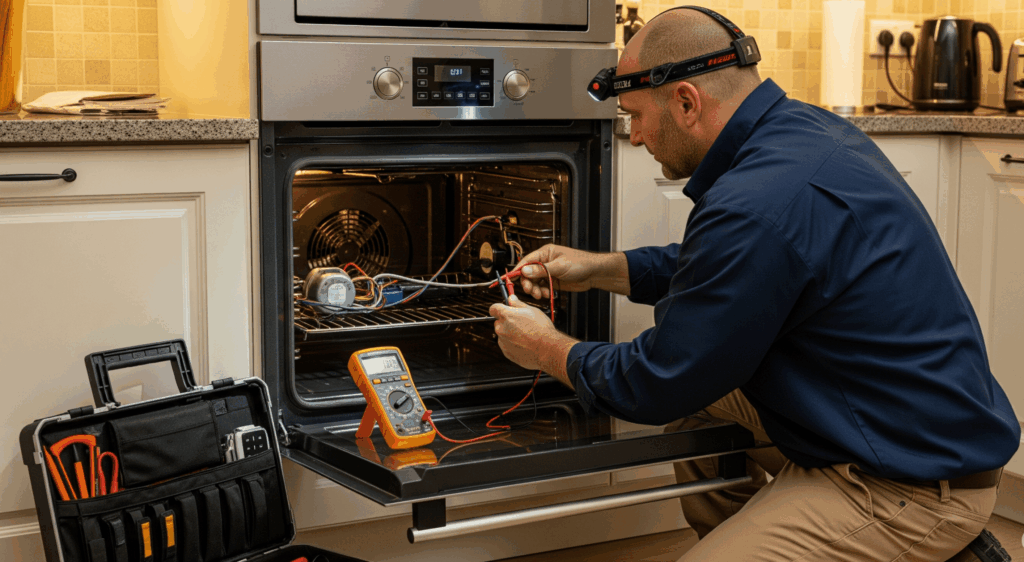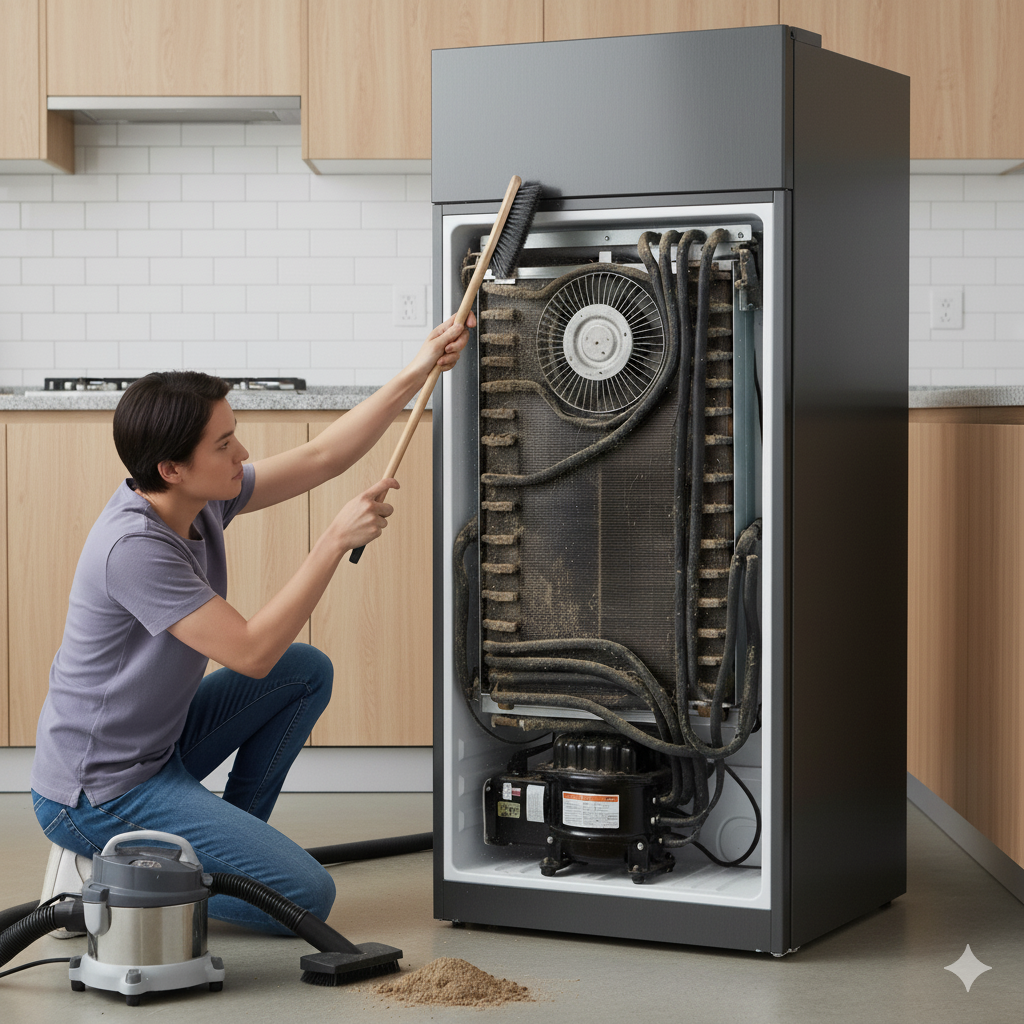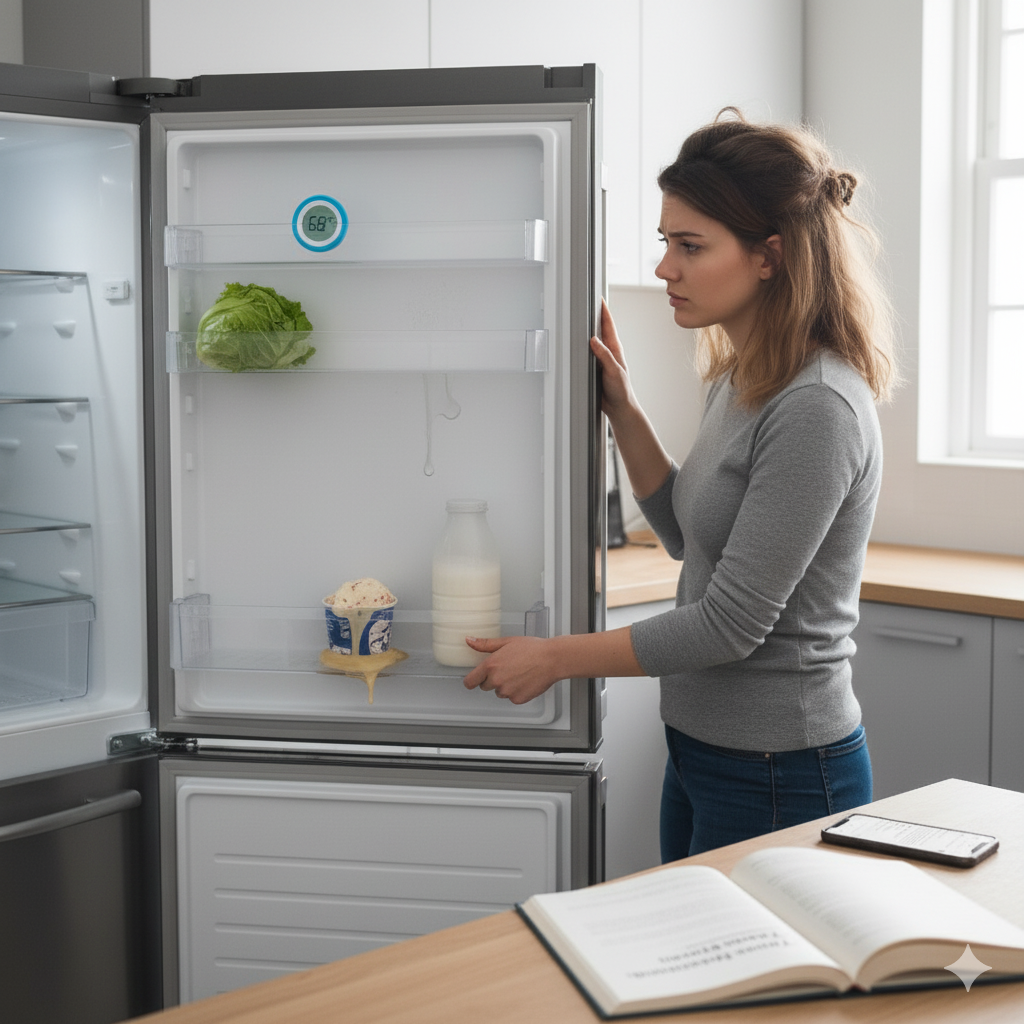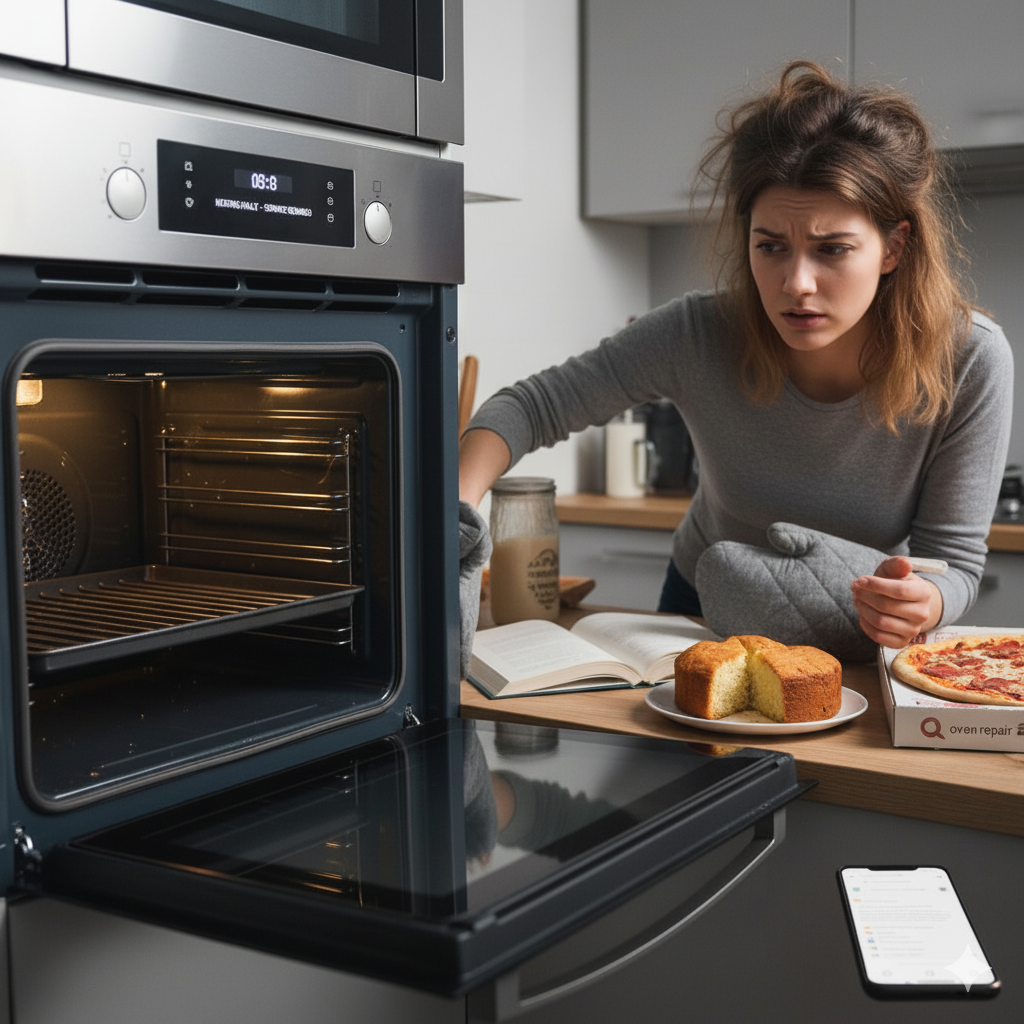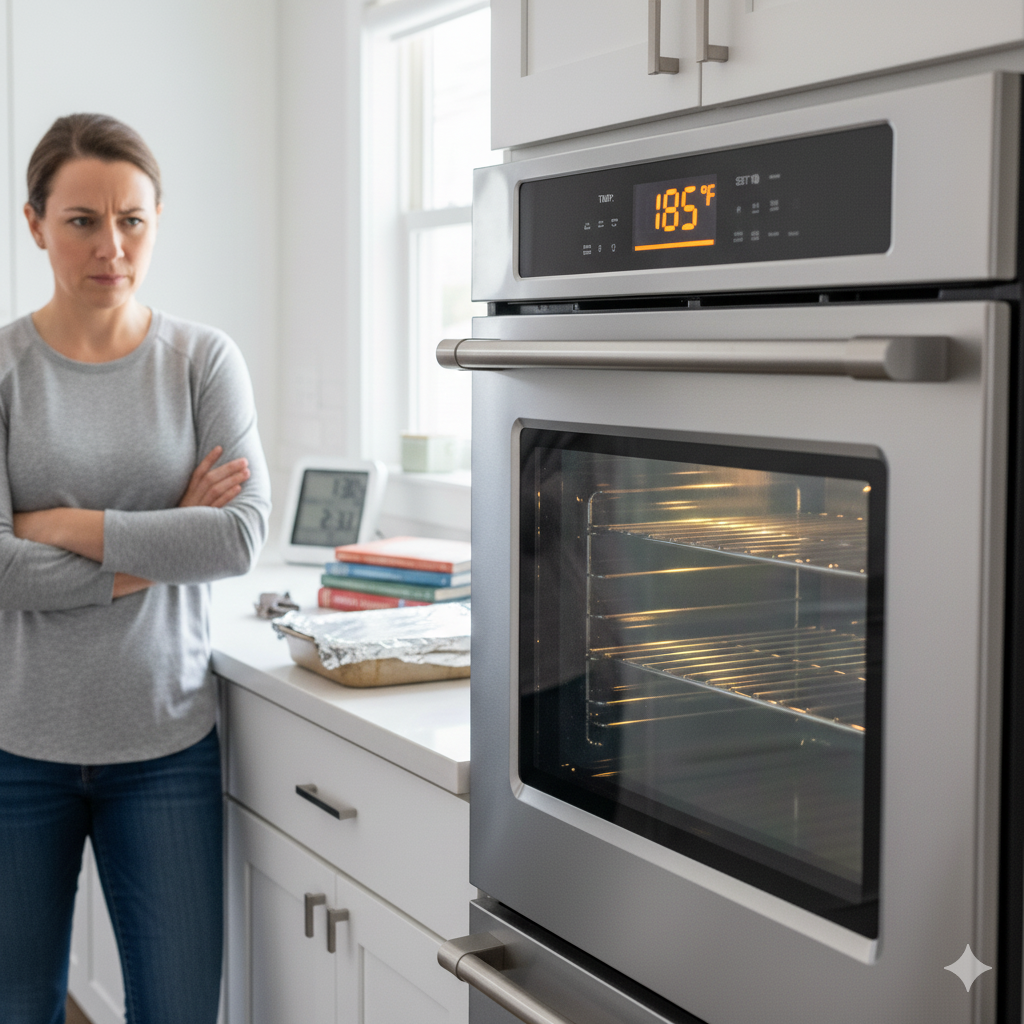Oven Temperature Inconsistencies
Hey there, fellow home cooks and baking enthusiasts! If you've ever pulled a batch of cookies out of the oven only to find them burnt on one side and doughy on the other, you know the frustration of dealing with an unreliable oven. At North Vancouver Appliance Repair, we've seen it all – from minor glitches that can be fixed with a quick tweak to more serious issues that require professional attention. As a trusted local service provider in North Vancouver, we're passionate about helping our community keep their kitchens running smoothly. In this article, we'll dive deep into the common causes of oven temperature inconsistencies, why they happen, and what you can do about them. We'll also share some insights from our years of experience fixing appliances across the North Shore. Let's get started – because nobody wants a ruined roast dinner!
Oven temperature problems are more common than you might think. Whether your oven runs too hot, too cold, or fluctuates wildly during a bake, these inconsistencies can turn a simple meal prep into a headache. According to industry reports, faulty temperature control is one of the top reasons people call for appliance repairs. But before you panic and start shopping for a new oven, it's worth understanding the root causes. Often, these issues stem from wear and tear, improper use, or even installation errors. We'll break them down one by one, so you can troubleshoot like a pro.
1. Faulty Thermostat or Temperature Sensor: The Brain of Your Oven
Let's kick things off with what we at North Vancouver Appliance Repair consider the most frequent culprit: a malfunctioning thermostat or temperature sensor. Think of the thermostat as the oven's brain – it tells the heating elements when to turn on and off to maintain your desired temperature. In older models, this might be a mechanical dial, while newer ones use electronic sensors.
Over time, thermostats can drift out of calibration. For instance, if you've set your oven to 350°F, but it's actually heating to 400°F, that's a classic sign of calibration issues. We've had clients come to us after noticing their cakes sinking in the middle or their pizzas charring too quickly. Why does this happen? Daily use exposes the thermostat to extreme heat cycles, which can cause the internal components to wear down. Dust, grease buildup, or even a power surge can throw it off.
In gas ovens, the thermostat might involve a capillary tube filled with fluid that expands and contracts with heat. If there's a leak or blockage, inaccuracies follow. Electric ovens often rely on a probe-like sensor clipped to the back wall. If it's bent, dirty, or loose, readings go haywire. A quick test? Use an oven thermometer (available at most kitchen stores) to compare the actual temperature against what you've set. If there's a discrepancy of more than 25°F, it's time to investigate.
From our perspective, fixing this isn't always a DIY job. While you can try recalibrating some models by adjusting a screw on the thermostat knob, it's easy to make things worse. We've repaired countless ovens where homeowners attempted this and ended up with even wilder swings. If you're in the North Vancouver area and suspect your thermostat is the issue, give us a call – our technicians can diagnose and replace it efficiently, often in a single visit.
2. Worn-Out Heating Elements: When the Heat Source Fails
Next up is another biggie: damaged or worn heating elements. In electric ovens, these are the coils at the top (broil element) and bottom (bake element) that glow red-hot to generate heat. Gas ovens use igniters or burners instead. If an element is cracked, corroded, or partially burnt out, it won't distribute heat evenly, leading to hot spots or overall underperformance.
Picture this: You're baking a lasagna, and the top is perfectly browned while the bottom is still soupy. That could be a failing bottom element. We've seen elements fail due to age – they typically last 5-10 years with regular use – or from spills that cause short circuits. In coastal areas like North Vancouver, humidity can accelerate corrosion, especially if your kitchen isn't well-ventilated.
Symptoms include visible damage like blisters or breaks on the coils, or the oven taking forever to preheat. A multimeter can test for continuity, but safety first – always unplug the oven before poking around. Replacing an element is straightforward for pros like us, but it involves removing panels and wiring, which can be tricky for novices.
One story from our shop: A family in Lynn Valley called us after their Thanksgiving turkey came out raw in parts. Turns out, the bake element had a hairline crack from years of holiday overloads. We swapped it out, and they were back to hosting dinners without stress. Preventive tip? Clean spills promptly and avoid using foil on the bottom rack, as it can trap heat and damage elements.
3. Door Seal Problems: Letting Heat Escape
Don't overlook the humble door gasket – that rubber seal around the oven door. It's designed to keep heat in and maintain consistent temperatures. But if it's cracked, torn, or loose, hot air leaks out, forcing the oven to work harder and cycle unevenly.
Why do seals fail? Constant opening and closing wears them down, and high-heat self-cleaning cycles can make them brittle. Grease and food residue build up, hardening the material over time. In humid climates, mold can even form, degrading the seal further. You'll notice drafts if you hold a tissue near the door edges during operation – if it flutters, there's a leak.
We've fixed many ovens where a simple seal replacement solved what seemed like a major issue. It's inexpensive, but installation requires precision to avoid gaps. DIYers can buy universal gaskets online, but measuring correctly is key. A pro tip from our team: Inspect the seal annually by closing a dollar bill in the door; if it pulls out easily, replace it.
This cause ties into energy efficiency too. A leaky seal means higher utility bills as your oven compensates. At North Vancouver Appliance Repair, we often bundle seal replacements with a full tune-up, ensuring your appliance runs like new and saves you money long-term.
4. Control Board Malfunctions: The Digital Heartache
In modern ovens, especially smart or convection models, the control board (or electronic control panel) orchestrates everything. It's like the motherboard in your computer. If it glitches, temperature readings can be off, leading to inconsistencies.
Causes range from power surges – common during North Vancouver's stormy winters – to manufacturing defects or even insect infestations shorting circuits. Overheating from poor ventilation behind the oven can fry components too. Signs? Error codes on the display, unresponsive buttons, or random shutdowns mid-bake.
Diagnosing this requires technical know-how. We've invested in specialized tools to test boards without disassembly. Replacement costs can be higher, but it's often worth it over buying a new oven. One client in Deep Cove had their high-end range acting up; a faulty board was sending erratic signals to the sensors. After our repair, it was precise as ever.
5. Ventilation and Fan Issues in Convection Ovens
Convection ovens add a fan to circulate hot air for even cooking, but if the fan motor fails or vents clog, you're back to uneven temperatures. Dust, grease, or a worn motor bearing can cause the fan to slow or stop.
We've noticed this more in busy households where ovens see heavy use. Symptoms include longer cooking times or one side of the tray browning faster. Cleaning vents regularly helps, but motor replacement needs a pro. Our service includes checking these during routine calls.
6. Improper Installation or Leveling
Sometimes, the problem starts at setup. If your oven isn't level, heat distribution suffers – gravity pulls hot air unevenly. Gas lines or electrical connections might be faulty too.
In new builds or renos around North Vancouver, we've corrected installations where contractors skimped. Use a spirit level on the racks; adjust feet as needed.
7. Power Supply Fluctuations
Voltage drops or unstable power can make electric ovens inconsistent. Gas models might have igniter issues from low pressure.
Check your breaker; if it trips often, call an electrician. We coordinate with them for comprehensive fixes.
Prevention and Maintenance: Keeping Your Oven Steady
Now that we've covered the causes, let's talk prevention. Regular cleaning prevents buildup – use mild solutions, not harsh chemicals. Annual inspections catch issues early. At North Vancouver Appliance Repair, our maintenance packages include thorough checks, saving you from costly breakdowns.
Store-bought oven thermometers help monitor accuracy. Avoid slamming the door to preserve seals. For gas ovens, ensure proper ventilation to prevent carbon buildup.
When to Call the Pros: We're Here for You
If troubleshooting doesn't cut it, don't hesitate to seek help. DIY fixes can void warranties or cause safety hazards, like gas leaks. At North Vancouver Appliance Repair, we've been serving the community for over a decade with certified technicians who handle all brands. Whether it's a quick sensor swap or a full overhaul, we offer transparent pricing and same-day service when possible. Contact us or call us – let's get your oven back on track!
In conclusion, oven temperature inconsistencies don't have to ruin your cooking adventures. By understanding these common causes – from thermostats to seals – you can take proactive steps. Remember, a well-maintained oven is a happy one. If you're local, trust North Vancouver Appliance Repair to keep your appliances performing at their best. Happy baking!
